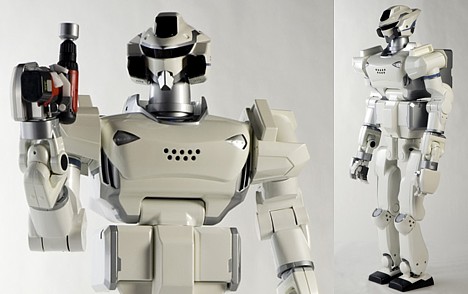
The HRP-3 Promet Mk-II, a blue-collar android tough enough to trudge through heavy rains, carry out disaster relief operations and work in environments hazardous to humans, demonstrated its skills at a June 21 press conference at Kawada Industries headquarters in Tochigi prefecture. In addition to flaunting its ability to walk on slippery surfaces, the robot showed off its electric screwdriver wielding talents by taking the opportunity to tighten up some loose screws.
The 1.6 meter (5 ft 3 in) tall, 68 kilogram (150 lb) robot, sometimes lovingly referred to as "Ma-kun," is the latest fruit of a 5-year joint effort by Kawada Industries, Kawasaki Heavy Industries and Japan's National Institute of Advanced Industrial Science and Technology (AIST) to develop a humanoid robot with sufficient skills to enter the workforce. This latest HRP incarnation features tougher hardware to make it more suitable for work in adverse environments, as well as improved balance and the ability to move its body parts in a more complex, coordinated fashion.
As with previous HRP series robots, the HRP-3 Promet Mk-II -- which cost 400 million yen ($3.3 million) to develop -- was designed by mecha creator Yutaka Izubuchi, who is well-known for his work on anime such as Gundam and Patlabor. Depending on how the droid is programmed, it can either work autonomously or be operated by a human via a wireless remote control system.
Ma-kun's creators say they hope to one day see it land a dirty, dangerous job.
(UPDATE: For lots of short videos, go to THIS PAGE, scroll down to the second group of photos, and click on the links under each picture -- WMV format.
...Or better yet, check out the remix version set to Senor Coconut's funky cha-cha-cha version of Kraftwerk's classic "The Robots.")
[Sources: Chunichi, AIST press release]

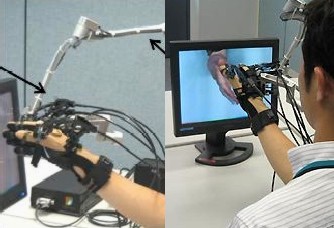 Researchers at NTT Comware have just made virtual reality a little more real. On June 20, the company unveiled a 3D display system that reproduces the physical feel of three-dimensional video by means of an actuator glove worn on the hand, allowing viewers to literally reach out and touch the person or object on the screen.
Researchers at NTT Comware have just made virtual reality a little more real. On June 20, the company unveiled a 3D display system that reproduces the physical feel of three-dimensional video by means of an actuator glove worn on the hand, allowing viewers to literally reach out and touch the person or object on the screen. 
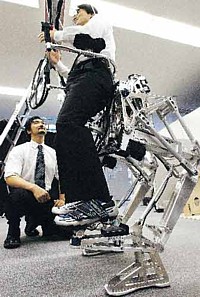 On June 15, electronics giant Matsushita Electric (Panasonic's parent company) unveiled a wearable robot suit called Power Pedal, which attaches to the lower body and provides users with up to seven times more leg strength.
On June 15, electronics giant Matsushita Electric (Panasonic's parent company) unveiled a wearable robot suit called Power Pedal, which attaches to the lower body and provides users with up to seven times more leg strength.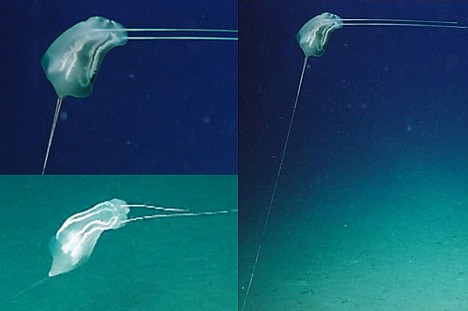
 Kansei, a robot face capable of 36 expressions that vary according to emotional interpretations of words it hears, is the latest achievement to emerge from a Meiji University research lab working to develop conscious and
Kansei, a robot face capable of 36 expressions that vary according to emotional interpretations of words it hears, is the latest achievement to emerge from a Meiji University research lab working to develop conscious and 
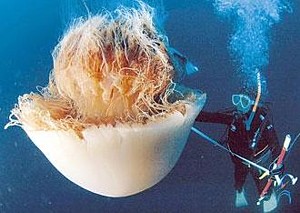 In the latest development in Japan's war against giant
In the latest development in Japan's war against giant 